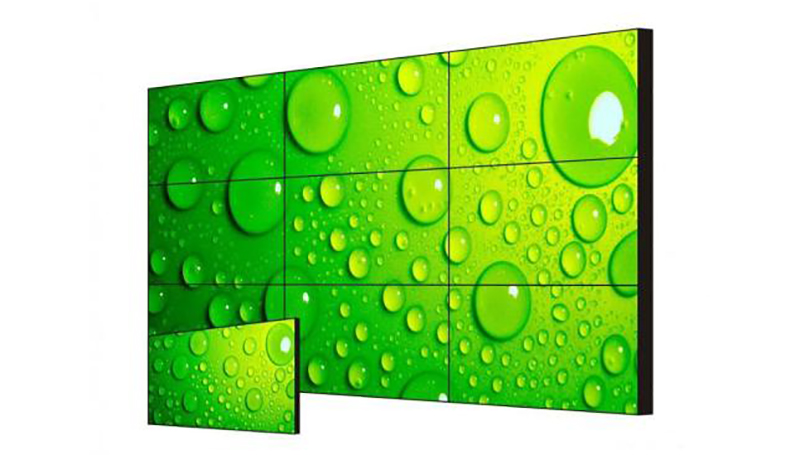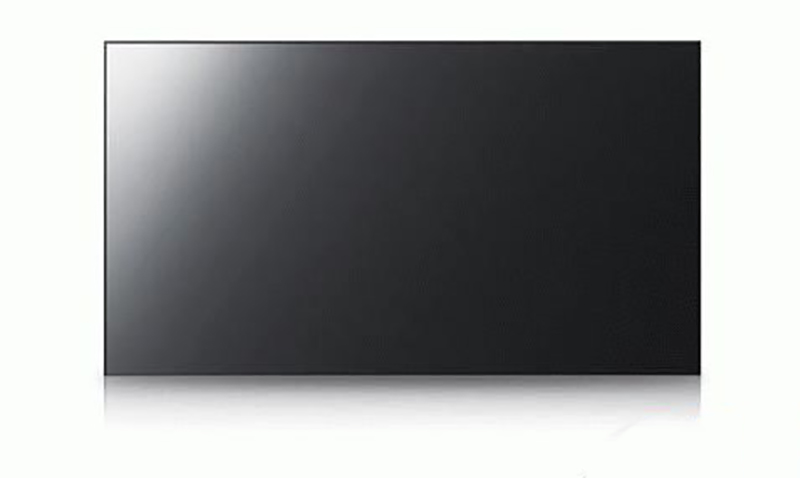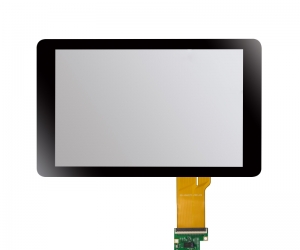News
News
1. Activity area (AA)
The range of areas that the LCD panel can display.
2. Dot Pitch
We often ask how big the dot pitch of the LCD panel is, but most people don't know how this value is obtained. Now let's see how it is obtained. For example, a typical 14-inch LCD has a viewing area of 285.7 mm × 214.3 mm, and its maximum resolution is 1024 × 768, so the dot pitch is equal to: visible width / horizontal pixels (or visible height / vertical pixels), That is, 285.7 mm / 1024 = 0.279 mm (or 214.3 mm / 768 = 0.279 mm).

3. Color degree
The important aspect of the LCD panel is, of course, the color expression. We know that any color in nature is composed of three basic colors: red, green and blue. For example, the LCD panel is composed of 1024×768 pixels, and each individual pixel color is controlled by three basic colors of red, green and blue (R, G, B). Most LCD panels produced by LCD panel manufacturers have 6 colors (R, G, B) for each basic color (R, G, B), that is, 64 kinds of performance, then each individual pixel has 64 × 64 × 64 = 262,144 colors. There are also many LCD panel manufacturers using FRC (Frame Rate Control) technology to simulate a full-color picture, that is, each basic color (R, G, B) can reach 8 bits, that is, 256 kinds of performance. Then, each individual pixel has up to 256 × 256 × 256 = 16,777,216 colors.
4.Contrast
The contrast value is the ratio that defines the maximum brightness value (all white) divided by the minimum brightness value (all black). Accessories such as control ICs, sed in LCD manufacturing are related to the contrast of the panel. For the average user, a contrast ratio of 350:1 is sufficient, but in the commercial or industrial professional field, such contrast is not enough. Only high-end LCD panel can achieve such a degree. Since the contrast is difficult to measure accurately by the instrument, it is still necessary to look at it yourself.

5. Brightness
The maximum brightness of the LCD panel is usually determined by the backlight. The brightness value of the consumer LCD panel is generally between 200 and 250 cd/m2. The brightness of LCD panels in commercial and industrial fields ranges from 450 to 5000 cd/m2. LCD is a substance between solid and liquid, which itself cannot emit light, and requires an additional light source. Therefore, the number of lamps or beads is related to the brightness of the LCD panel.
6. Viewing angle
In general, the viewing angle of the LCD panel is symmetrical to the left and right, while the top and bottom are not necessarily symmetrical. For example, when the incident light of the backlight passes through the polarizing plate, the liquid crystal, and the alignment film, the output light has a specific directional characteristic, that is, most of the light emitted from the screen has a vertical direction.
In general, the upper and lower angles are less than or equal to the left and right angles. If the viewing angle is 80 degrees to the left and right, it means that the screen image can be clearly seen when starting at a position 80 degrees from the normal of the screen. However, due to the different range of human vision, if you do not stand within the optimal viewing angle, there will be errors in the color and brightness seen. Some manufacturers have developed various wide viewing angle technologies to improve the viewing angle characteristics of liquid crystal displays, such as IPS (In Plane Switching), MVA (Multidomain Vertical Alignment), and TN+FILM. These technologies can increase the viewing angle of LCD panel to 160 degrees or more.
You may also like
 EN
EN








